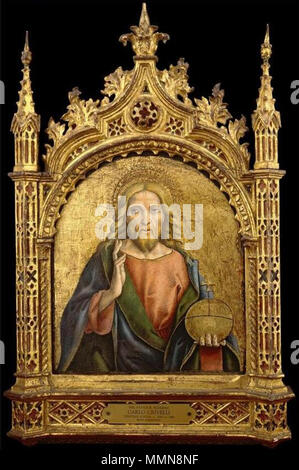


The films of the blaxploitation genre of the 1970s reflected discontent over the social and racial inequality of non-white people in the United States and functioned as counterbalance to the trope of the white savior. Examples of this genre include films like Glory (1989), Dangerous Minds (1996), Amistad (1997), Finding Forrester (2000), The Last Samurai (2003), Half Nelson (2006), Freedom Writers (2007), Gran Torino (2008), Avatar (2009), The Blind Side (2009), The Help (2011). Third, a White person (the savior) enters the milieu and through their sacrifices, as a teacher, mentor, lawyer, military hero, aspiring writer, or wannabe Native American warrior, is able to physically save-or at least morally redeem-the person or community of folks of color, by the film's end.

Second, it features a nonwhite group or person who experiences conflict and struggle with others that is particularly dangerous or threatening to their life and livelihood. In "The Whiteness of Oscar Night" (2015), Matthew Hughey describes the narrative structure of the subgenre:Ī White Savior film is often based on some supposedly true story. As such, white savior stories have been described as "essentially grandiose, exhibitionistic, and narcissistic" fantasies of psychological compensation. This white savior is often portrayed as a man who is out of place within his own society, until he assumes the burden of racial leadership to rescue non-white minorities and foreigners from their suffering. The narrative trope of the white savior is one way the mass communications medium of cinema represents the sociology of race and ethnic relations, by presenting abstract concepts such as morality as characteristics innate, racially and culturally, to white people, not to be found in non-white people. This recurs in an array of genres in American cinema, wherein a white protagonist is portrayed as a messianic figure who often gains some insight or introspection in the course of rescuing non-white characters (or occasionally non-human alien races that substitute as non-white civilizations) from their plight. The white savior is a cinematic trope in which a white central character rescues non-white (often less prominent) characters from unfortunate circumstances.


 0 kommentar(er)
0 kommentar(er)
